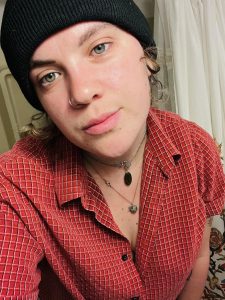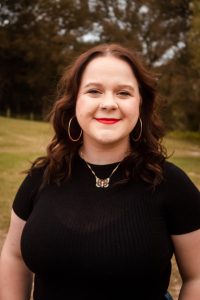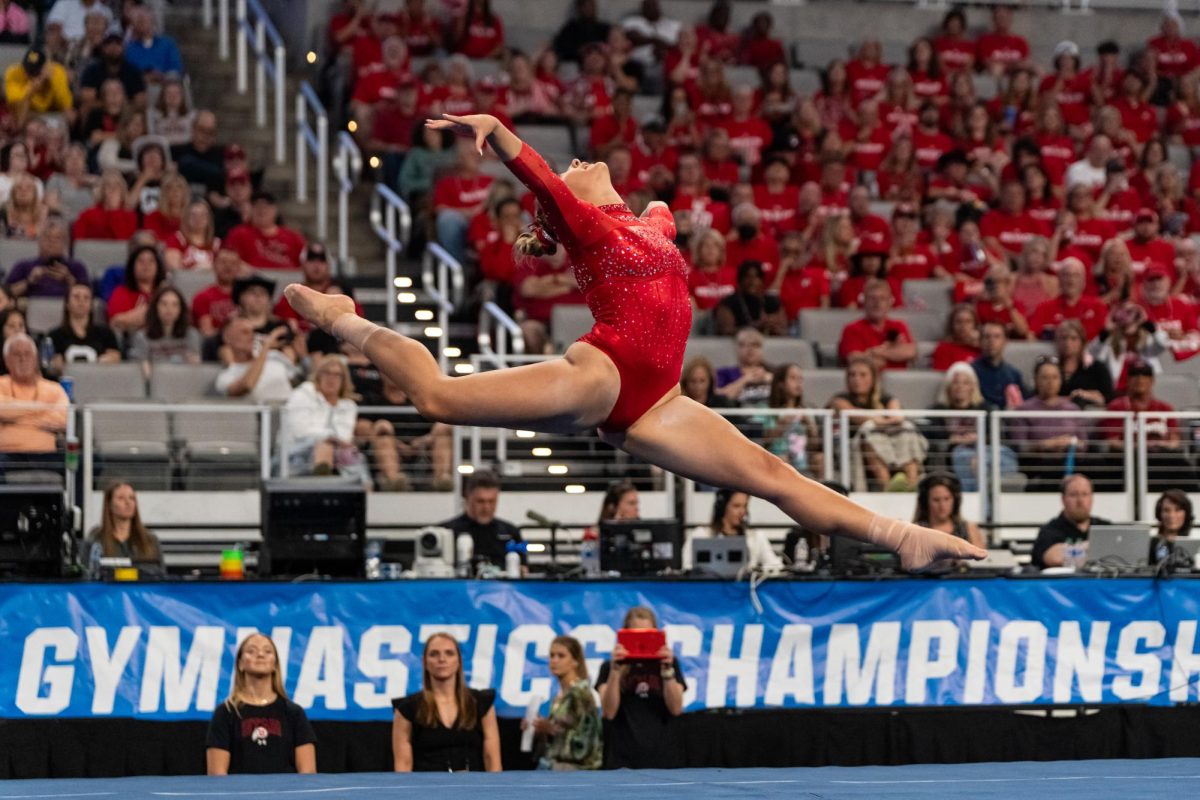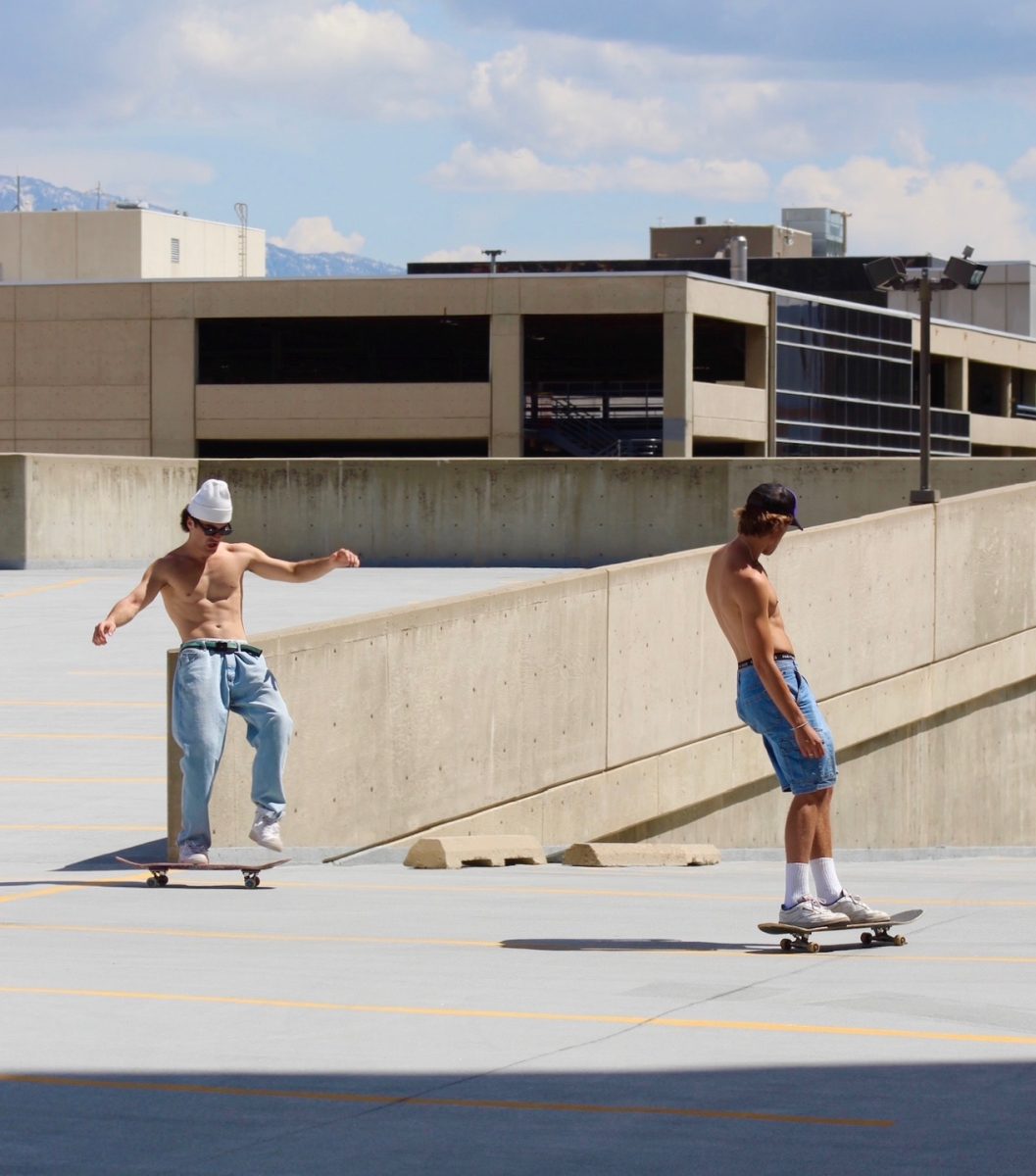U Healthcare Workers Among First to Get COVID Vaccine, the U Prepares for the Rest
January 27, 2021
On Dec. 14, almost nine months after the state of Utah shut down due to COVID-19, the state received their first doses of the Pfizer vaccine and began distributing them to frontline workers.
Among the frontline workers was University of Utah student Natalie Wilson, a health, society and policy major, who worked in a COVID-19 tent at the beginning of the pandemic. Wilson said the process felt no different than getting the flu shot every year. However, after the vaccine, she waited with others in a lecture hall to see if there would be any adverse side effects.
“When I was waiting in like the lecture hall it kind of hit me that like this is the beginning of the end. And it was just, it was a little bit surreal,” Wilson said.
On Dec. 11, the Pfizer vaccine was issued an emergency use authorization by the Food and Drug Administration for nationwide distribution.
The vaccine is administered in two parts — a priming dose followed by a booster shot 21 days later. The vaccine works by injecting mRNA into an individual’s muscle cells, which then create a coronavirus protein for the immune system to recognize, allowing it to produce antibodies, modeling a natural infection of the virus. Then, if a vaccinated individual comes into contact with coronavirus, antibodies will recognize the protein and prevent it from infecting the person.
According to the Salt Lake Tribune, COVID-19 positivity rates in Utah reached 32.3% on Jan. 4, the result of a steady increase in cases since the end of September. As of Jan. 6, COVID-19 has taken the lives of 1,330 Utahns.
Daphne Young, a fourth-year kinesiology student working at Intermountain Medical Clinic, said she did not hesitate when offered the vaccine.
“If you want things to go back to normal, I think this is the best way to do it… you can’t be selfish in this kind of situation, you just have to do it for other people,” Young said.
Alexis Williams, pharmacy student and intern at the U, has worked to administer the vaccine and said she looks forward to every shift.
“The reactions from all the colleagues I’ve vaccinated have been priceless. The energy in that tent and the clinic is so vibrant. There is so much joy and excitement and relief,” Williams said. “It is also reassuring to know that soon my colleagues and I will be protected and can feel more safe at work.”
In her experience, Williams said of the people she has met, even for those that were nervous, their excitement has outweighed the anxiety.
“It’s so cool to see the confidence that everyone has had in the world of pharmacy in the development and administration of this vaccine,” she said.
For safety protocol, Williams said staff members are required to have an EpiPen on hand and monitor those vaccinated for 15-30 minutes after ensuring the patient’s safety. If an individual has had a severe allergic reaction to the first dose of the vaccine or any ingredient in the vaccine, they are advised to not receive the second dose. She also said no one she has vaccinated has experienced any severe reactions.
For those questioning if they should get the vaccine or not, Williams suggests doing the research and even calling one’s pharmacist or doctor to get accurate information.
Some controversy surrounding the vaccine has arisen with some expressing doubts about the speed of the vaccine’s release to the public. According to a survey conducted by the Pew Research Center from Sep. 8-13, those who are affiliated with the Democratic party or are Democratic-leaning are 14 percentage points more likely to say they would probably or definitely get the vaccine. According to the same survey, 76% of the Americans who said they would not get a COVID-19 vaccine cited side effects as a major reason as to why they would not get it.
“As healthcare providers, we believe in informed consent. You are a part of your own healthcare team,” Williams said. “No one needs to decide right now if they’re going to get it right now. There will be lots of time for research, contemplation and observations to be made and more data to come out before the vaccine becomes available to the general public.”
The Utah Department of Public Safety released its plans to distribute the vaccine statewide. After all healthcare workers and long-term facility workers, K-12 school staff will likely receive the vaccine in January and then older and high-risk populations in February. They estimate the vaccine will be widely available to Utahns between March and July 2021.

While waiting for the opportunity to receive the vaccine, Wilson said people should still continue to follow prior COVID-19 protocols such as wearing a mask and social distancing.
“It’s really important that you know college students… do what they can to protect those who can’t protect themselves and to also protect themselves because while it might not be bad… the long-term effects can be so harsh,” Wilson said.
While all long-term implications of COVID-19 are unknown, some individuals have not recovered as quickly and have had persisting symptoms. The most common symptoms that can persist after initial recovery of COVID-19 include shortness of breath, fatigue and joint pain, and some less common persisting symptoms include muscle pain, loss of smell and sleep problems.
Williams said that once the majority of the population is vaccinated and herd immunity is achieved, life can return to a “new” normal, likely with precautions still in place.
“COVID has definitely humbled that ‘it won’t happen to me’ mindset and I hope people remember that they’re not invincible, and even if they are, that doesn’t mean everyone around them is,” Williams said.
Williams also said that COVID-19 should teach people to practice fundamental hygiene more frequently and stop going to places while sick.
U Vaccine Plans
Salt Lake County is currently at a “high level of transmission” which means there is at least two of the three metrics: the 7-day average percent positivity is ≥ 13%, a 14-day case rate of ≥ 325 per 100,000 of the population, a 7-day average of ≥ 72% statewide ICU utilization and ≥ 15% COVID-19 ICU utilization.
According to Julie Kiefer, the associate director of science communications at U Health, about 2,000 essential clinical students will receive the first dose of the vaccine by mid to late January.
“U of U Health will distribute to students with clinical responsibilities as a part of the initial phase of vaccinations that go to health care professionals,” Kiefer said. “U of U Health looks to the Utah Department of Health for guidance as they are the ones creating guidelines for distributing the vaccine to different populations in the state.”
Kiefer said U Health is only authorized to offer vaccines to healthcare personnel.
“HCP are individuals who are serving in clinical settings who have potential for direct exposure to patients or indirect exposure to infectious materials,” Kiefer said. “Essential students in clinical rotations fall into this category and U of U Health will offer them vaccines during the first phase which could be completed by the end of February.”
U health faculty, staff or students who are not considered HCP will be offered the vaccine in the future phases which are currently being developed.
Chris Nelson, the communications director for the U said the university is closely working with the Utah System of Higher Education to determine the roles of Utah colleges and universities in the distribution of the vaccine.
“At this point, it’s not clear what that role might be but we’ll be ready to support a vaccine rollout for non-healthcare students, faculty and staff if asked to do so,” Nelson said.
Weekly Testing
While the U has not released plans for vaccinating students, they have prepared other protocols for the upcoming spring semester, including a circuit breaker — like the one during the fall — and canceling spring break.
Additionally, the U released plans on Nov. 2020 to test students more frequently. Before Thanksgiving break, they encouraged students to get tested before going home, and weekly rapid testing was also offered for students living on campus during winter break.
According to the U’s official Twitter from Nov. 11-24, 8,994 students were tested and only 136 of them tested positive.
On Dec. 22, residents living on campus received an email from Housing and Residential Education detailing the updated resident addendum for Spring 2021, which included an announcement about required weekly testing for HRE residents in the spring semester.
“Regular, weekly testing for HRE residents will be required beginning in the spring 2021 semester. These tests will be free of charge to students and allow us to more frequently monitor student and community health,” the email read.
However, on Jan. 6, the Salt Lake Tribune reported that Utah would be dropping the previous plan for weekly college testing, and instead, university students would only need to get tested once at the beginning of the semester.
Other U policies such as guest restrictions and face-covering and social distancing requirements remain in effect.
n.colby@dailyutahchronicle.com












